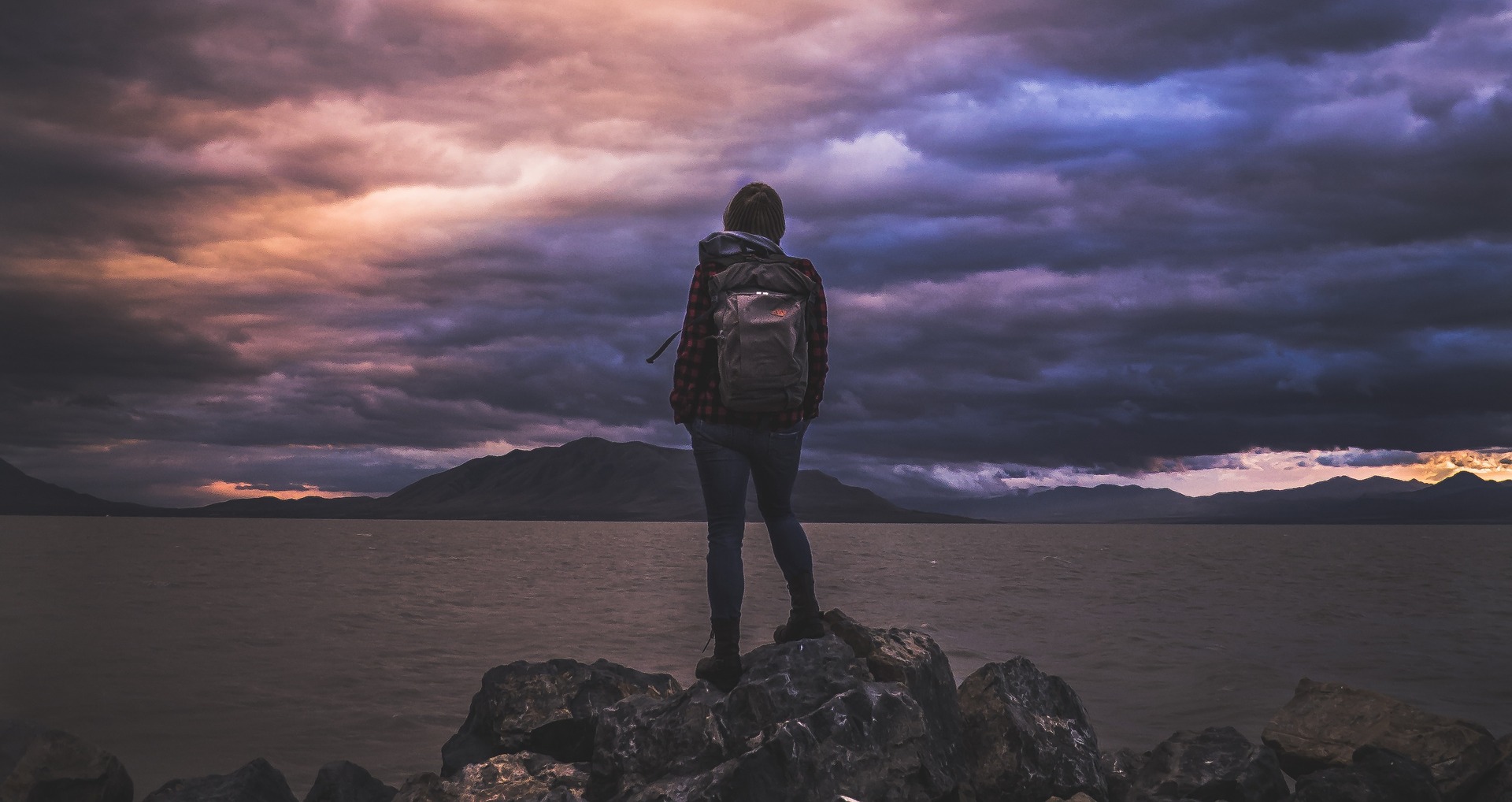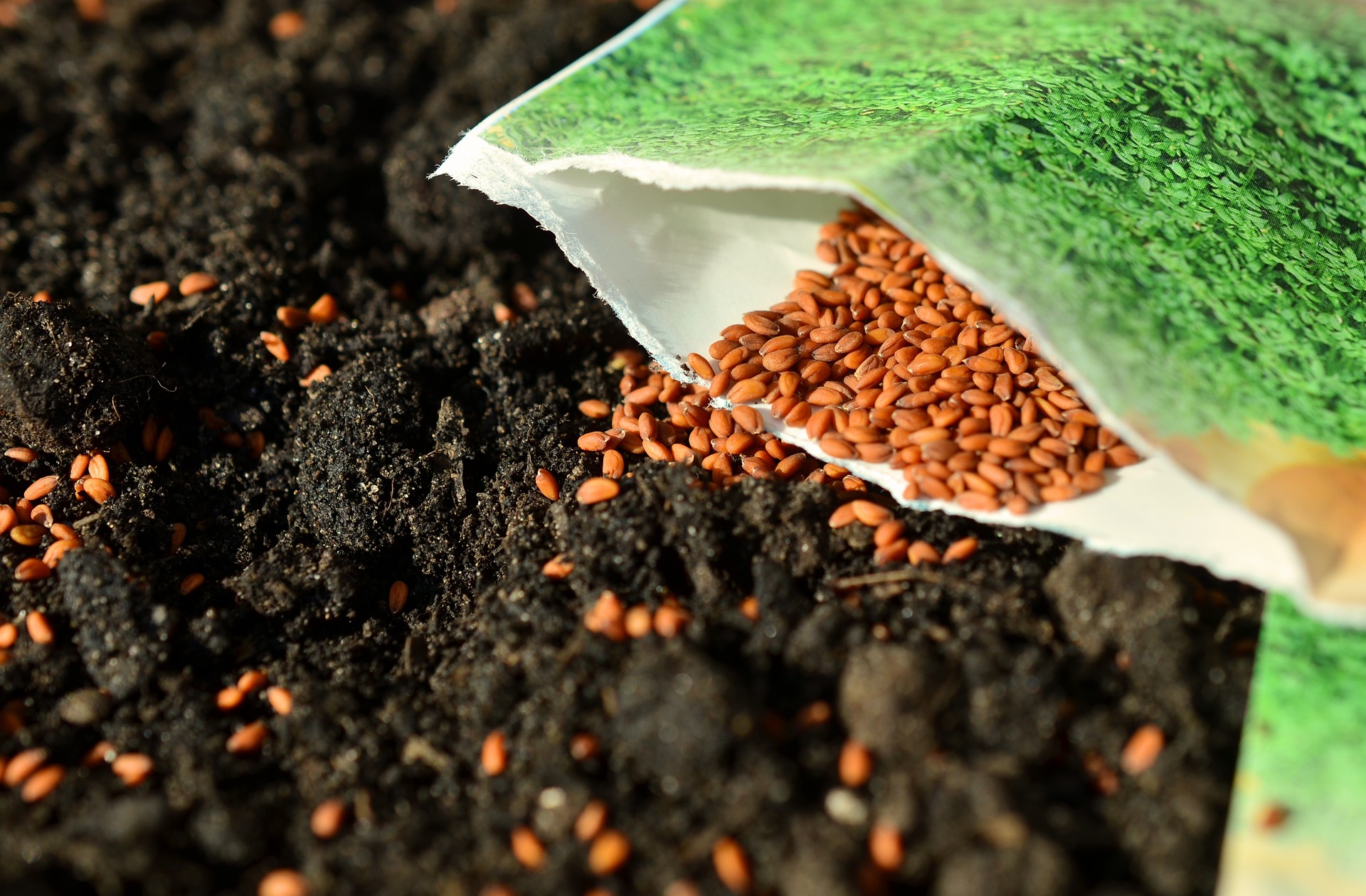
Let’s talk for a moment about survival gardening. This isn’t about a zombie apocalypse (unless that’s what you’re preparing for; in that case, you can still use this advice). But what happens if your home is subject to a disaster, whether natural or technological? Picture yourself in a situation where your day-to-day life changes for a long period of time. Imagine that you don’t have access to reliable transportation or food.
With recent events like Hurricanes Harvey, Irma, and Maria, it’s not such a far-fetched scenario.
How do you eat in a survival situation? If you’re a prepared gardener, you’ve got a survival gardening bug-out bag. Check out these tips for what should go in your bag.
What is a gardening bug-out bag?
You probably know that a bug-out bag (BOB) is a bag you pack with the necessary supplies and gear you need to survive for a while if you’re off the grid. A gardening bug-out bag is a smaller version, ideally a pack that you can fit inside your general BOB.
The survival gardening bug-out bag will provide you with seeds you need to grow food for an extended period. You may also want to pack a few tools, but the idea is to keep your pack as light as possible while providing for as many scenarios as possible.
Which seeds to pack?

It’s a good idea to pack some plants that can be used to eat and some that can be used for medicinal purposes, if possible.
Desirable seed characteristics
Here are the characteristics to look for in seeds for your BOB. Every seed you select doesn’t need to have all the characteristics, and you can make choices to suit your climate and tastes.
- Edible in seed form and after planting
- Fast growth
- Easy to tend
- Hardy
- Low fertilizer needs
- Low water requirements
Seed suggestions
Keeping those characteristics in mind, we’ve got a few suggestions for bug-out seeds. Chamomileis an herb that is extremely easy to grow. Plant it in a shady spot with dry soil. It doesn’t require much water, and too much fertilizer is actually detrimental to this plant. You can use it to make a stomach-soothing tea or to make topical treatments for minor skin irritations.
Chamomile flowers are also safe to eat, so this versatile plant can also be used as a food source. In fact, most herbs, including peppermint and basil, are a safe bet in your survival garden. They’re easy to grow, edible, and often medicinal.
Radishes are a plant that can provide food in as little as a couple weeks. You’ll get small sprouts and greens at that point. In as little as a month, you could even have edible radish bulbs, a good source of carbohydrates and many vitamins and minerals.
Depending on how long you end up (or choose to be) off the grid, bush beans are another great option that are edible at multiple stages of growth, and unlike pole beans, they don’t require supports. Many beans and seeds in your pack can be eaten or planted, providing both long-term and short-term nourishment options. Just be sure to check for potentially toxic seeds as you plan your BOB.
Gathering food in the wild can be risky business. Even if you correctly identify the plant, you don’t know whether it’s been treated or exposed to dangerous chemicals. Having your own gardening supplies ready can get you through a long-term food shortage. Crisis or not, you can follow Indoor Cultivator for gardening tips to help you supply yourself with tasty food.
